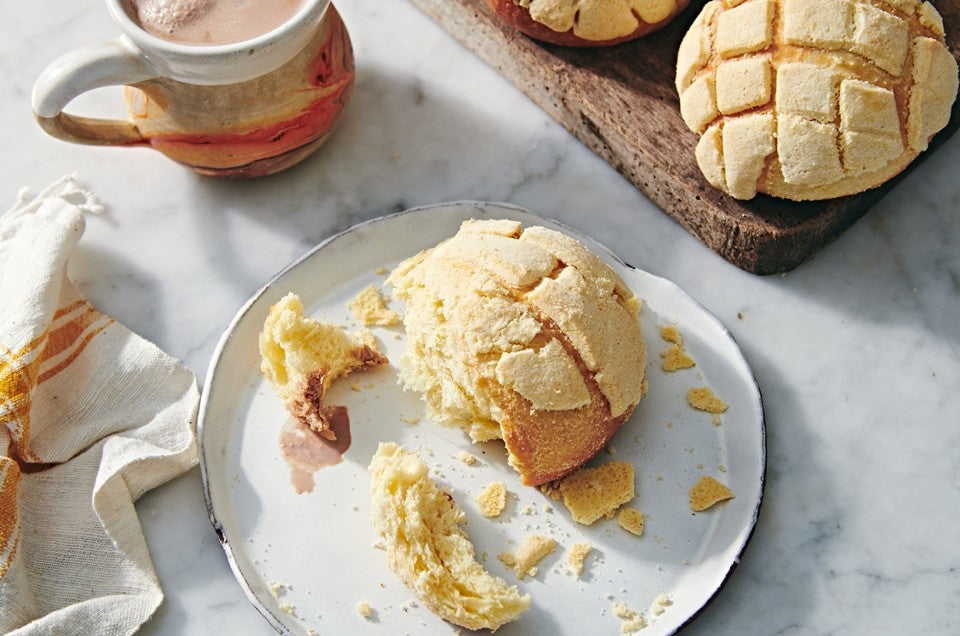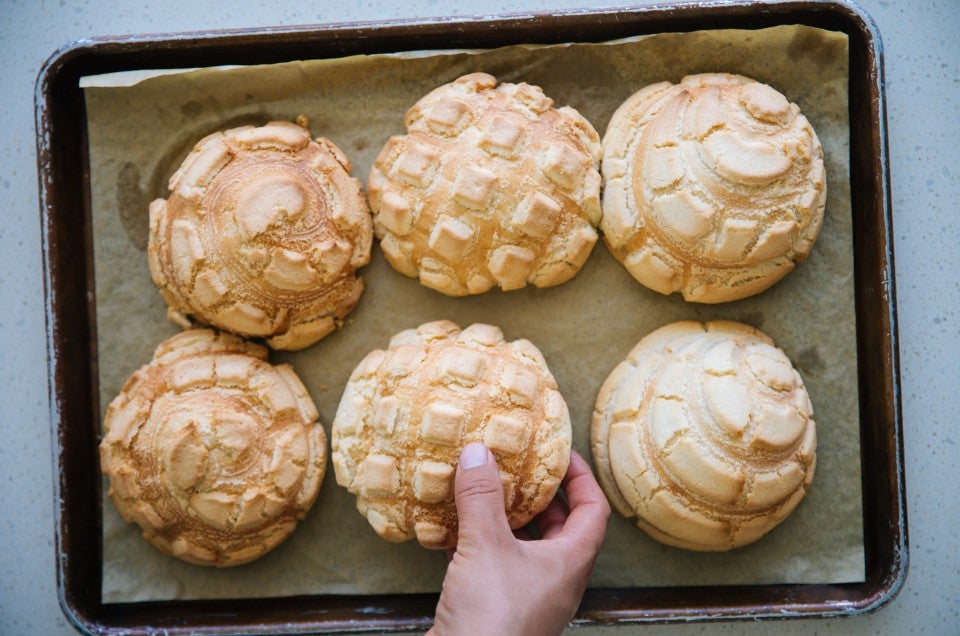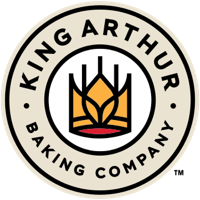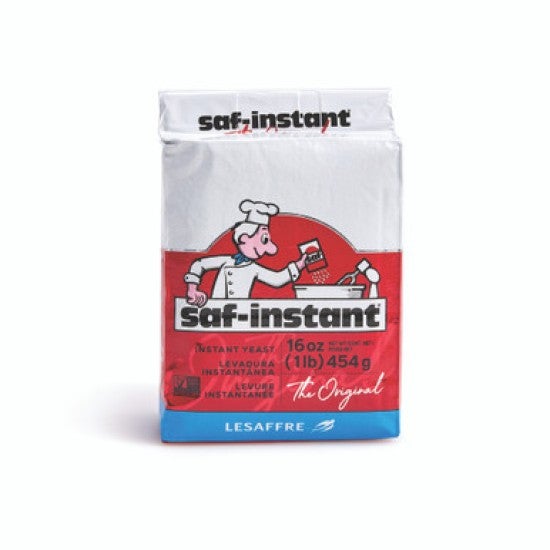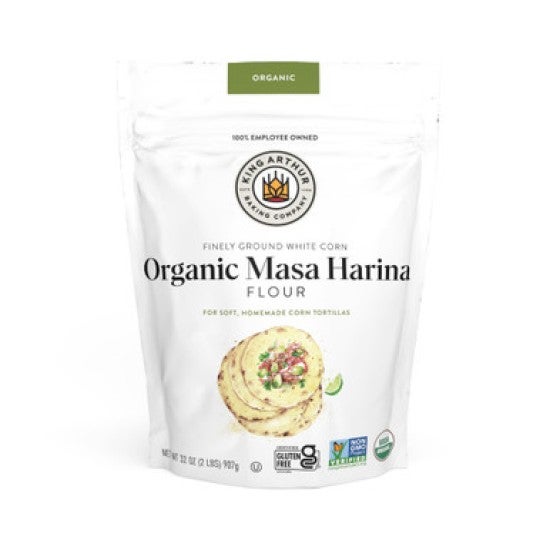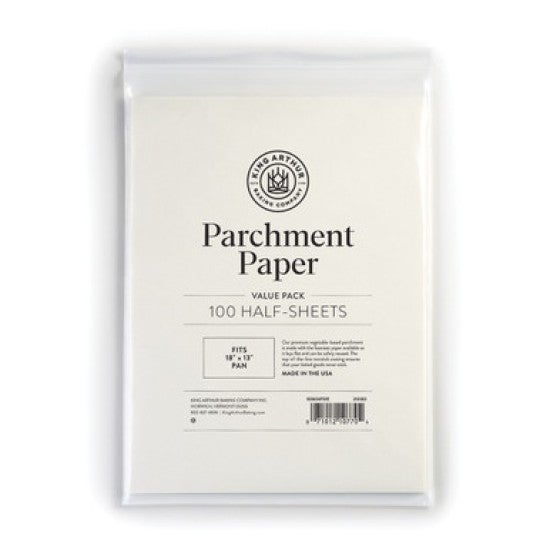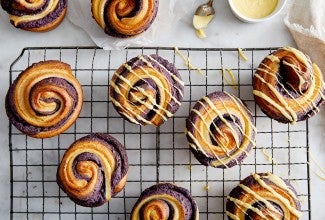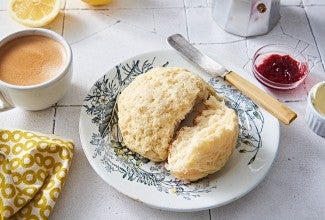-
To make the dough: Weigh your flour; or measure it by gently spooning it into a cup, then sweeping off any excess.
-
Combine the flour, sugar, yeast, milk, and eggs in the bowl of a stand mixer. Mix on medium-low speed with the dough hook until the dough is fairly elastic, about 5 minutes.
-
Sprinkle the salt on top of the dough and mix on medium-low speed for about 2 minutes.
-
Add the butter and mix on medium speed for about 8 minutes, stopping to scrape the bowl if necessary. The butter should be fully incorporated, and the dough smooth and elastic.
-
Cover the dough and let it rest at room temperature for 45 minutes.
-
Uncover the dough and reach your hand or a dough scraper down between the side of the bowl and the dough, as though you were going to lift the dough out. Stretch the bottom of the dough up and over its top. Repeat three more times, turning the bowl 90° each time. This process is called a stretch and fold.
-
Cover the dough and let it rest for another 45 minutes at room temperature. Repeat the stretch and fold process.
-
Cover the dough securely and transfer it to the refrigerator overnight, or for 8 to 12 hours; it'll become puffy but won’t necessarily double in size.
-
To make the frosting: Combine all the ingredients in the bowl of a stand mixer or in a large bowl. Mix on low speed until everything is fully incorporated.
-
Increase the speed to medium-high and mix until the frosting is fluffy and somewhat glossy. This whole process, from the time you start your mixer, should take about 10 minutes. Cover the frosting and set it aside until you’re ready to use it.
-
Remove the dough from the refrigerator and transfer it to a lightly floured work surface.
-
Divide it into 12 equal pieces (each piece will weigh between 110g and 115g) and round them into balls. Divide the balls between two lightly greased or parchment-lined baking sheets.
-
To assemble the conchas: Wet your hands and scoop out a golf ball-sized piece of frosting, about 30g to 35g. Roll the frosting into a ball and flatten it into a 2" disk.
-
Place the disk on top of one of the rolls and use your fingers to smooth it down the sides of the roll. You don’t want to see any exposed dough, but the frosting doesn’t need to touch the pan.
-
Repeat with the remaining frosting and rolls.
-
Lightly score or stamp the frosting with your desired pattern (a wet table knife is a handy tool here), being careful not to cut into the dough.
-
Cover the conchas and let them rest at warm room temperature (ideally around 75°F) until they’re nearly doubled in size, 2 to 3 hours.
-
Toward the end of the rising time preheat the oven to 375°F.
-
Bake the conchas (one pan at a time, or rotating pans) until their bottoms are golden brown, 18 to 22 minutes.
-
Remove the conchas from the oven and let them cool for at least 15 minutes before serving.
-
Storage information: Store leftover conchas in an airtight container for up to three days; freeze for longer storage.
